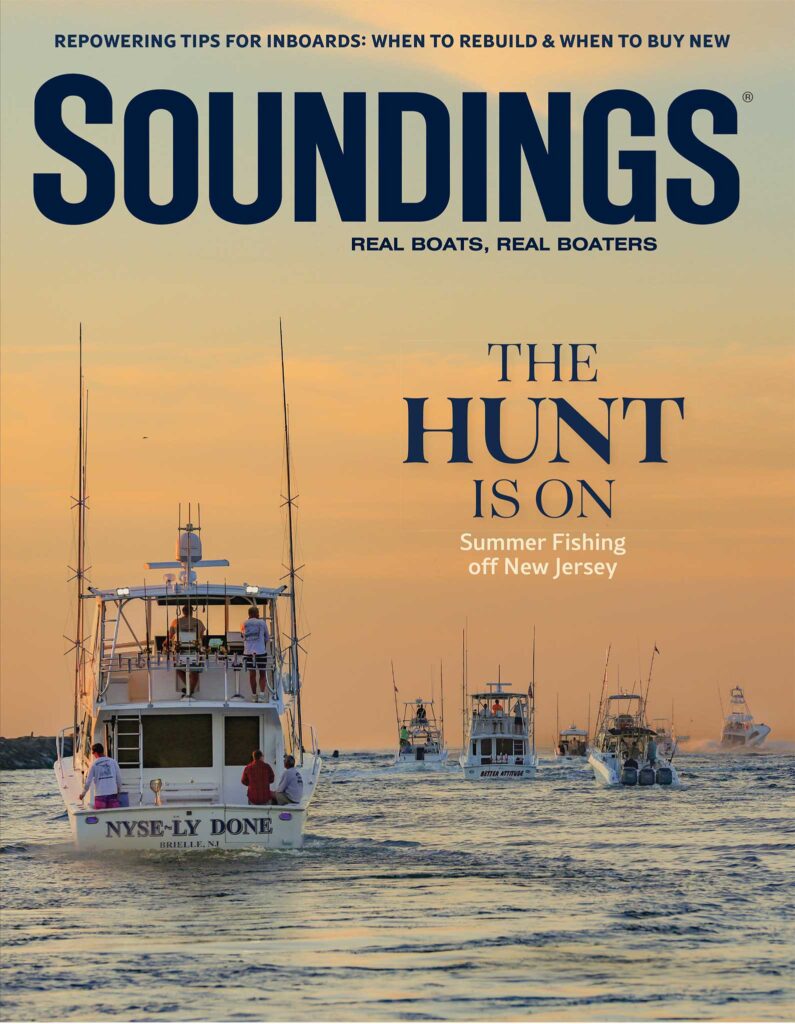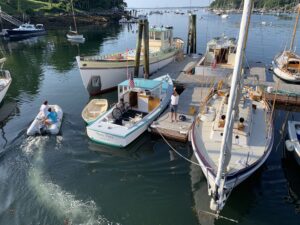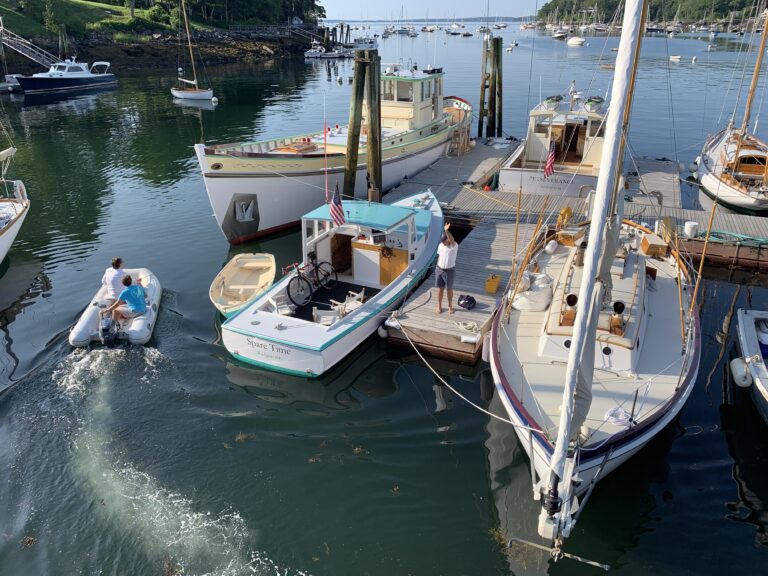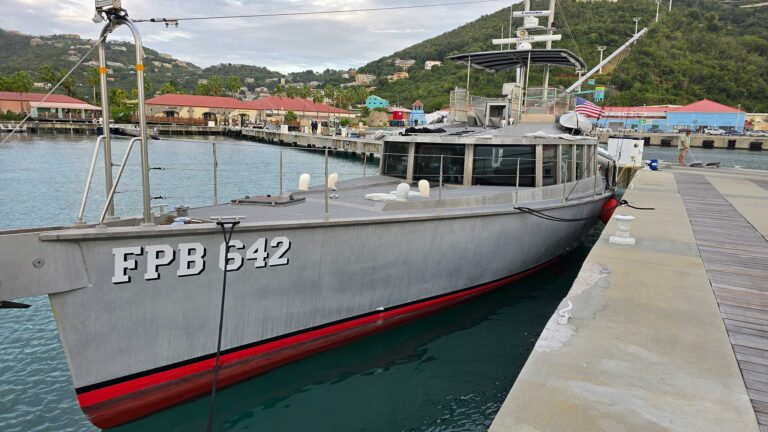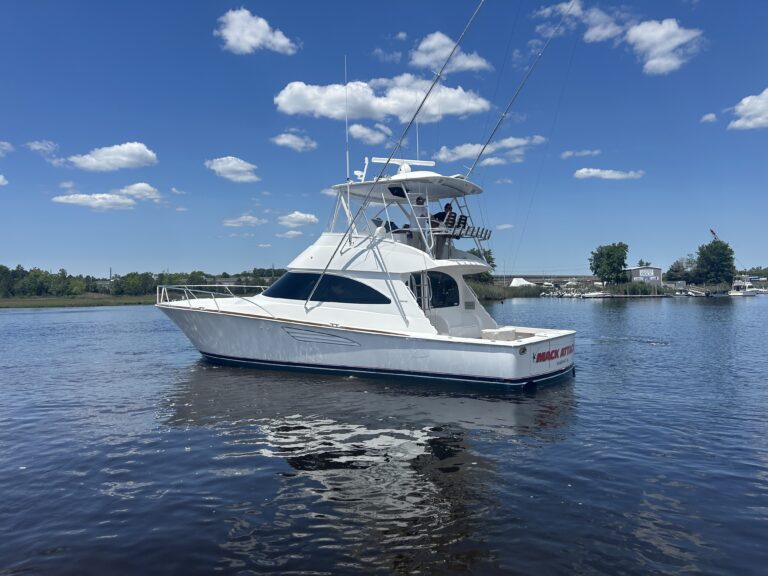Dangerous levels of microcystin, a toxin spawned by harmful algal blooms around western Lake Erie, have compromised Toledo, Ohio’s water supply and inconvenienced thousands who live near or make their living on the lake.
Capt. Don McGee, who runs a charterboat out of Oregon, Ohio, told the Toledo Blade that the blooms are bad for business.
“I hate what they are doing to my lake. What are they doing? Feeding the algae and killing the fish,” he told Blade columnist Keith Burris. “For fishing, you need good water. Simple as that.”
Charter fishing boat captain Ken Johnson, of Toledo, told the Wall Street Journal that he has fielded calls from anxious tourists about his Lake Erie trips. Johnson said his boat fishes in a safer, deeper part of the lake where caught perch and walleye can still be eaten.
Although toxic Lake Erie algae have created a water crisis in Toledo, fish from the lake are safe to eat, state authorities and scientists have said.
“There were no detectable amounts of these toxins in the tissues of the fish when we did that testing, and my feeling is that has not changed,” Jeff Tyson, the Lake Erie program administrator for the Division of Wildlife’s fisheries unit in Sandusky, told the Blade. “As long as the fillets are properly cleaned and rinsed, they should be fine to eat.”
Another charter captain, Dave Spangler, of Oak Harbor, Ohio, told the Cleveland Plain Dealer that strong northerly winds a week earlier resulted in 6- to 8-foot seas that trapped the bloom against the Toledo-area shoreline.
“It was pretty much like what we had a year ago, when the blooms and microcystin shut down the Carroll Township water plant,” Spangler said. “The bloom was just terrible [Saturday morning] in the Maumee Bay area, but not super-heavy anywhere else.”
Toledo Mayor D. Michael Collins said early today that the city needs to retest water-quality levels in two neighborhoods before he will consider lifting citywide restrictions on drinking water.
The NOAA algal bloom forecast for Lake Erie, announced July 10, was for a “significant” but not “severe” bloom, the designation for the record HAB in 2011 that was rated 10 on a scale of 10. This year’s bloom was forecast as a 5 or 6, below last year’s rating of an 8.
“We could find this year’s forecast was underestimated, as it was in 2013,” Ohio Sea Grant director Jeffrey Reutter told the Plain Dealer. “This is very worrisome because we haven’t begun to reach the peak of this year’s algal blooms on western Lake Erie. Between Toledo and Cleveland, you’d expect blooms to show up in different intensities until early October, so this could likely become worse in September.”

